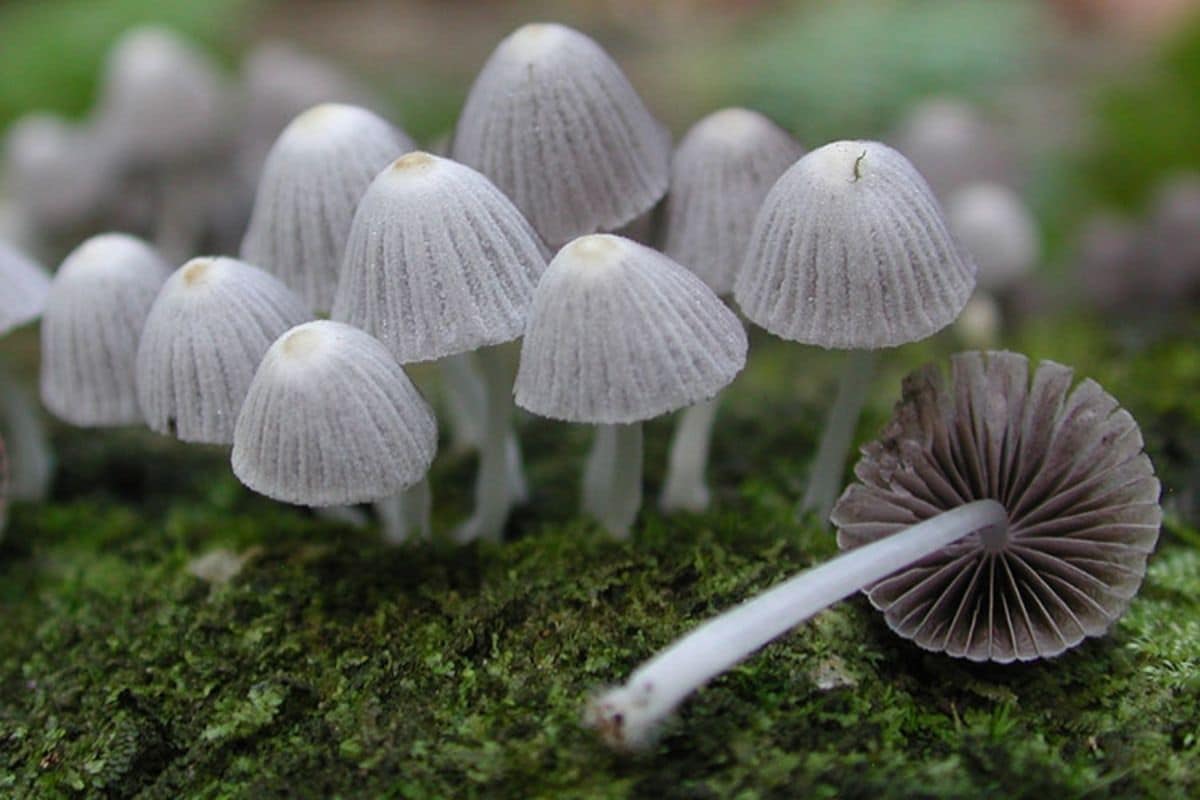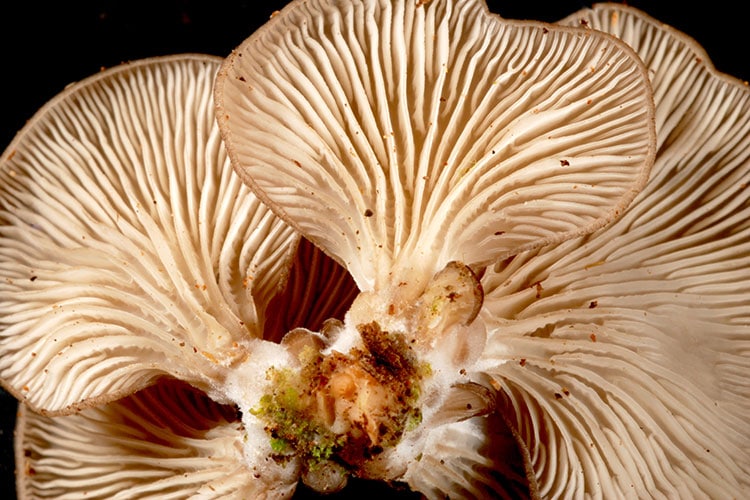
The collected collection includes more than 200 species of macrofungi, many of which are new to science.
The islands of the South Pacific are a true biodiversity hotspot. But their jagged peaks, hot and humid climates and very remote locations make it difficult for scientists to document the many fantastic life forms in the region. In a new study however, researchers donned the high boots. Every day they stood in the mud—or even hung from ropes—while hunting fungi on the Polynesian island of Moorea. Fortunately, all that work has not been in vain.
Moorea
Moorea is a French Polynesian island belonging to the Society Islands in the Pacific Ocean. It is located 17 kilometers west of Tahiti. “We were really interested in the island’s biodiversity,” said lead researcher Todd Osmundson. “Moorea is an island in the middle of the ocean. Moreover, it is a geologically young volcanic island. So it never touched any other piece of land. The question therefore arises: how did fungi get there and where did they come from?”
It is not without reason that researchers are so interested in fungi. There would be no life on Earth without fungi. Yeasts, molds and mushrooms, for example, play a crucial role in the decomposition and restoration of forests. Trees could not live on land without fungi. They are also important for mammalian digestion, the global nutrient cycle and antibiotics. And what about the bread, beer and chocolate you eat? Moreover, fungi play a crucial role in our fight against climate change. Fungi help regulate atmospheric carbon dioxide and, for example, fix carbon in the soil. This happens in boreal forests, for example, where they store large amounts of carbon in their root symbiosis with plants. And as active ‘decomposers’ they can help to clean up polluted soils. In addition, fungi can provide a great food alternative to animal foods — which are driving deforestation and climate change — as most of the world’s tropical forests are cleared for livestock and soybean farming.
To collect specimens, the research team spent months on Moorea. Every day before sunrise they searched for fungi in all corners of the ecosystem; in the ground, on roots, leaves and plants and even in the air. They then took their samples to the lab to document and culture the specimens they had found. In addition, each fungus was photographed and dried for storage in the University Herbarium and compared to known species.
Unique fungi
The study provides the first detailed description of a stunning array of fungi native to the Polynesian island of Moorea. And the island turns out to be home to numerous unique fungi. The collected collection includes more than 200 species of ‘macro fungi’ – that is, fungi that have visible mushrooms – many of which are new to science.

Pleurotus sp., a relative of the oyster mushroom, collected on decaying wood. Image: Todd Osmundson
“It’s a real treasure trove,” said researcher Matteo Garbelotto. “It is still unexplored territory in the evolutionary biology and biodiversity of the fungal kingdom. In addition, this is one of the first attempts to collect basic information on fungal diversity; not just on Moorea, but for all of Oceania.”
on the wind
By comparing the DNA sequences of these fungi with those of other species, the team was also able to figure out how the fungi ended up on the remote island. It leads to a remarkable discovery. Because most species have literally blown up. The findings suggest that the majority of the species — or their ancestors — were carried on an easterly wind. They may have come from Australia or other islands in the South Pacific. A small number appear to have been brought to Moorea by people from distant regions – such as East Asia, Europe and South America.
The data collected in the study is valuable in several ways. For example, on the one hand it provides insight into the biodiversity of the fungi on Moorea and on the other hand reveals how different species traveled around the world and arrived in remote areas. And that information could come in handy, as scientists are still trying to figure out the impact of international trade on plant and animal species.
Source material:
†Polynesian Island yields ‘treasure trove’ of fungal biodiversity” – University of California, Berkeley
Image at the top of this article: Todd Osmundson